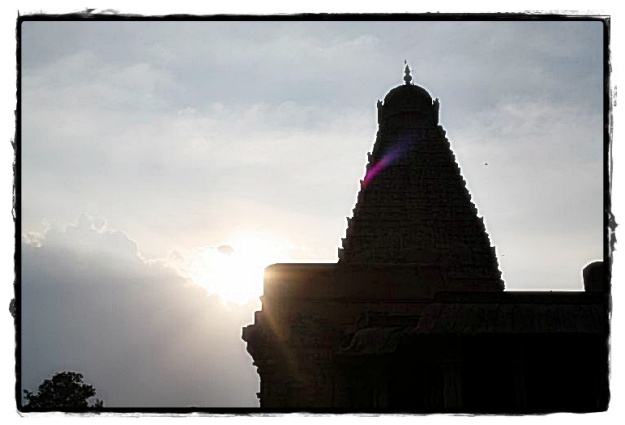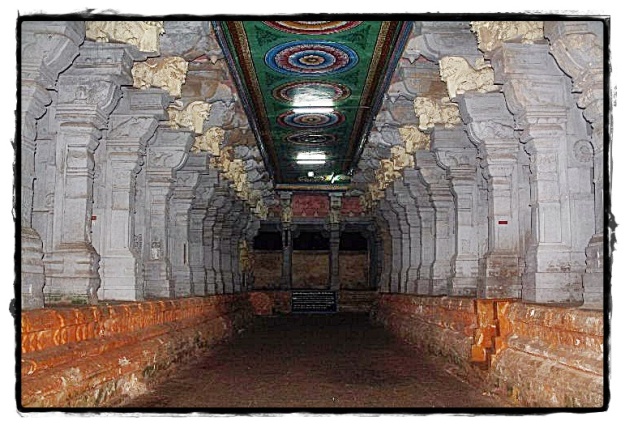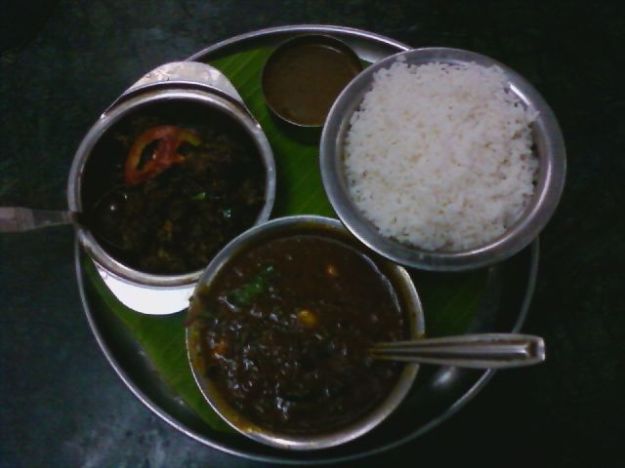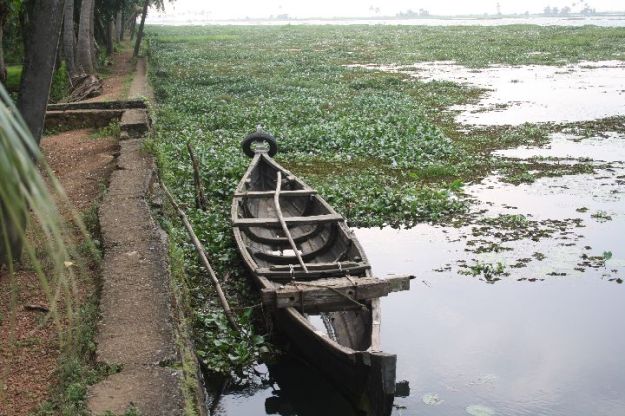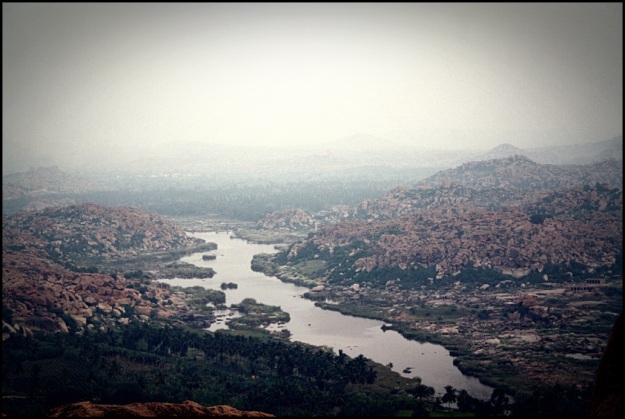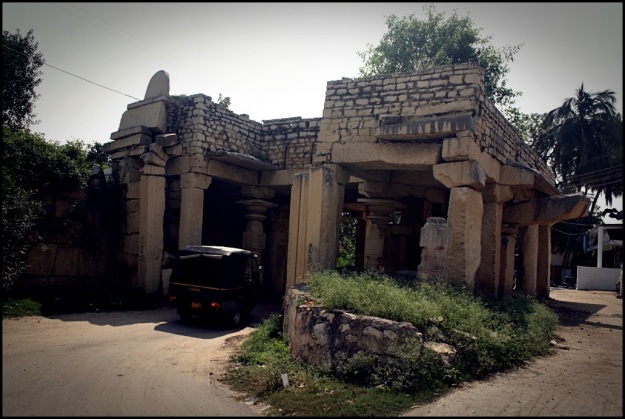“To traverse beyond the limitations of my mind, I travel to look upon the journey within myself.” With these thoughts, I set off on an adventure of a lifetime. A voyage to the mysterious beauties that unravel the most amazing parts of my country. A travelogue to capture the ‘Incredible India’ down South.
My visit to Tamil Nadu, Pondicherry and Kerala had begun. I had heard from my friends, people didn’t speak anything else but their local languages out there. That made me equally foreign to these lands as anyone else who came from any other country. To me, this was a challenge and a trip that would be monumental after I had completed it. With solitude on my side, I had decided to explore over 17 superb locations in 15 days. Most importantly, I was going to discover the beautiful culture South India had to offer and document each and every location as a journal on my blog. With a Vernian, inspiration l had to ensure this journey went down in my books as the best one!
It all started with Chennai. From my helpful twitter friends to the conductors and everyone else warmly responding to my requests, helping me out wherever I went in little or broken English they spoke in. Yet always willfully extending their support without any intent but to help me out. With a sultry atmosphere, one I hadn’t anticipated, I started my journey by heading off to Marina Beach. The warm, humid air in Chennai bore a resemblance to the weather that I was used to during the summers in Mumbai. But, in winter, this humidity came to me as a surprise particularly when it was about 20-22 degrees centigrade back home… Nonetheless, my objective was to start off with a beautiful array of sunrise shots to tell a story of this marvel in Chennai! The experience of going to Marina beach, traveling amongst the locals on the train was something I could relate to. Very similar to our Mumbai Locals… Gave me content in the fact that our cities, despite the cultural difference, had a lot in common.
The rest of Tamil Nadu was a quest for my spiritual journey across the fortresses and temples of the most majestic kinds in the country! From a mysterious yet wonderful experience in Kancheepuram to satisfying and peaceful tryst with Lord Shiva in Thrichy, every temple had a story of its own. The most appealing temple was, of course, Thanjavur, unique in its own way and its rustic feel gave a nice ambiance to the story it had to showcase. Different from all the other temples in the state, it had a charm on its own. Ruled by various dynasties from the Cholas to the Nayakas and the Marathas, it gave a completely versatile feel to itself. The grandeur it had was read between the brightness it shone despite the sun setting down upon its face. Abode to one of the biggest Nandi Statues, the Brihadeeswara Temple was an enchanting destination.
Then there was Rameshwaram. The same island where existed the famous temple of Lord Rama, the mighty king from Ramayana. This was the same location where an army of millions of apes (vanar-sena) built a bridge made out of floating stones engraved with Lord Rama’s name itself. This bridge built to take the army across the borders of India to the Golden Empire of Lanka and wage an epic battle of great proportions upon the demons of this kingdom.
Something you can’t forget in Hindu mythology. A battle that spoke to us of the triumph of good over evil! A battle that till today is considered as a conquest of moral right over plain wrong. It was quite an experience, one that I would never forget.
While Tamil Nadu has its own share of spirituality I also enjoyed the beauty, nature, and wildlife at the most amazing waterfalls ever… I sat in a small canoe or sort of a paddle boat to take the streams of Hogennakalu Waterfalls. A noteworthy place with perennially flowing streams of waterfalls. Off the border of Karnataka and Tamil Nadu, one can easily reach this place from Salem by bus and literally take a boat towards the Karnataka border on the disputed Cauvery river. With an aquarium and a crocodile rehabilitation center to its attraction, this place certainly is thronged by children, youngsters and elders alike.
Finally, Tamil Nadu ended with a short visit to the mystical land of Kanyakumari, popularly known for Triveni Sangam, meeting point of the three oceans that surround the peninsular region of our Incredible India. One that envisages the true feeling of being in touch with the spiritual side of yourself. Known for The Swami Vivekananda memorial rock. A place where the great leader attained enlightenment of sort and found bliss within himself. Visiting the most beautiful temples in our country to being overwhelmed by a sense of spirituality my journey across the state of Tamil Nadu truly gave me an understanding of oneness to myself.
Tamil Nadu certainly took a lot of my time and energy due to constant traveling in state transport buses in this rugged sojourn of mine. Whereas, my stay in Pondicherry was one of great relaxation and unwind. A visit that made me realize how time stood still and made me feel like a recluse of sorts in a land of the unknown.
The highlight of Pondicherry was tasting delicious food of various cultures dished out at the most amazing restaurants in town. From Chettinad food at the Apache Restaurant to French delicacies at the Le Café, Pondicherry was all about living life with the luxury similar to the tastes of most of the Europeans around. Spending three magical days exploring various parts of Pondicherry on a rented motorbike, places like the French Colony, the museum, Auroville and a lot of shopping streets across various parts of the town gave me the feeling of belongingness to that place. Sipping a beer at the beach restaurant at night, listening to the roaring waves in a calm that gave most frenzied thoughts a form of tranquil made me realize what we miss in our caught-in-a-rut kind of life.
Lastly, being in Kerala, God’s own country was like being in heaven itself. A boat ride in the backwaters of Kerala got me close to nature and made me believe in what their lifestyle stood for… Very quiet, peaceful and serene… The melodious sound of birds chirping in the background and a real feeling of standstill told me a lot about how people loved and lived life in this paradise.
One of the most memorable trips within Kerala would be my infamous boat ride from Kottayam to Alaphuzza. It’s listed as one of the recommended things to do by Lonely Planet Magazine. From the start, it was memorable especially after gorging on the sumptuous Malabari Parota with Kadala Curry.
What a way to start off a journey across the Venice of Kerala. Going to Venice has always been my dream… Until I get there, I have to make do with this one! A notable thing we did on our way back was to stop by at the very famous RBLOCK Island. We ate some good food and had local coconut palm beer, also known as Toddy… This Island was manmade by over 5000 villagers led by Mr. Baker. This was done in order to get more land to cultivate paddy… A fantastic place for you to take a pitstop and eat some delicious food.
Lastly, I couldn’t ask for anything better than finishing my trip with a visit to Fort Kochi, a place that will be etched in my memories for its diversity and remarkable beauty, especially with its blend of cultures and religions. The Jew Street and the Paradesi Jewish Synagogue… gave me a mesmerizing feel of being in a place of some rarity. You will find a very different setting out here and experience a different feeling while walking on this street. The Paradesi Synagogue is the oldest synagogue in the Commonwealth of Nations. Then there are the Chinese Fishing Nets, with magnificent fixed installations for an unusual form of fishing makes for great photographs.
The end of my expedition. Traveling around, wandering like a nomad for 15 days. A feeling of bittersweet told me that my journey was over, just like the setting sun when I left Fort Kochi. Indeed at the end of that 15th day, I felt like Phileas Fogg, whose surmounting adventure had successfully come to a fulfilling end. One that I will cherish forever until I come back to soak it in yet again…
P.S This is my writing sample to Glimpse‘s ‘Correspondent Program for Fall 2011‘, Also the shortened version of it is my submission to WorldNomads , Travel Writing Scholarship for 2011 which can be read here


